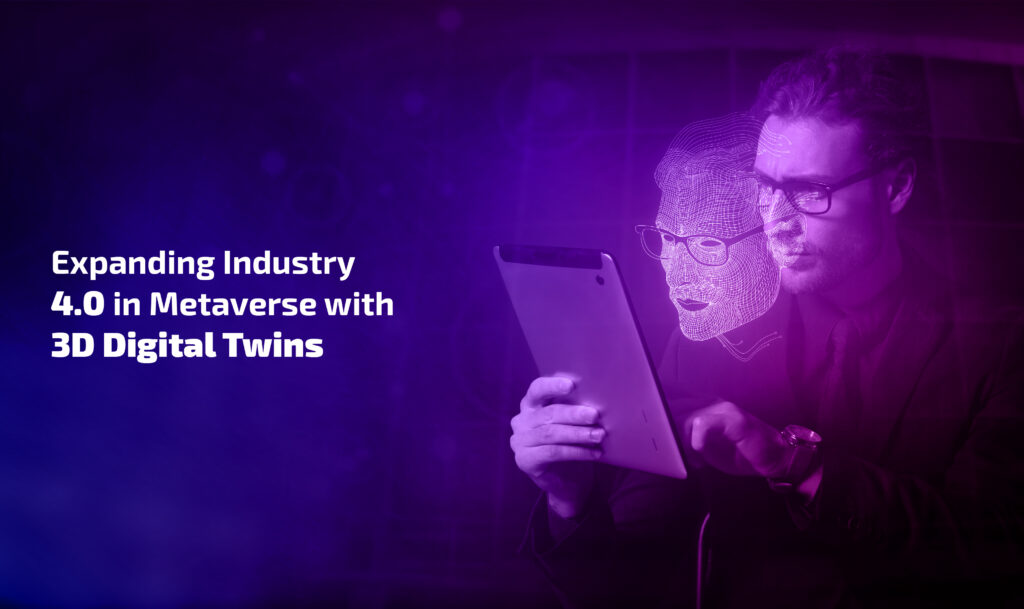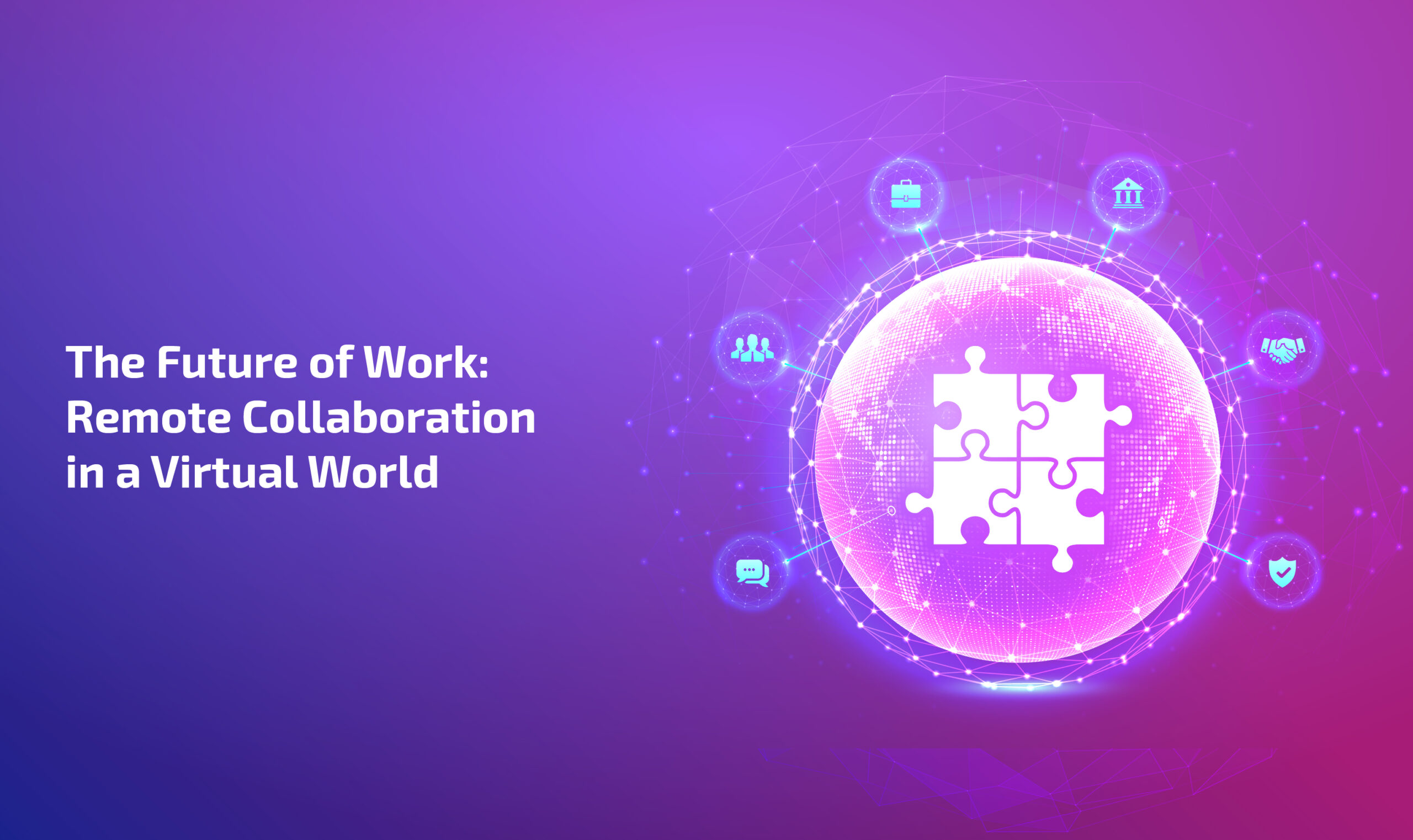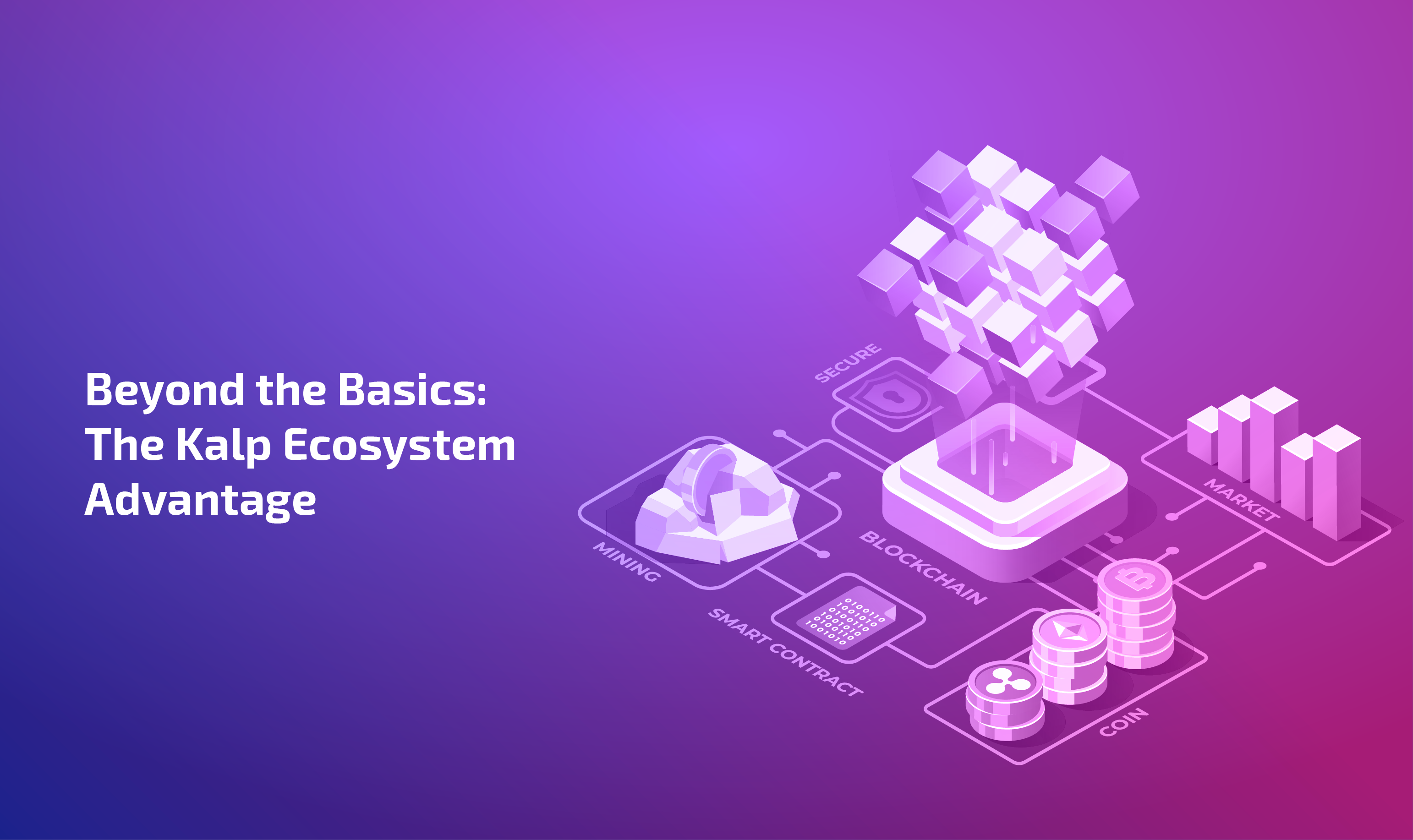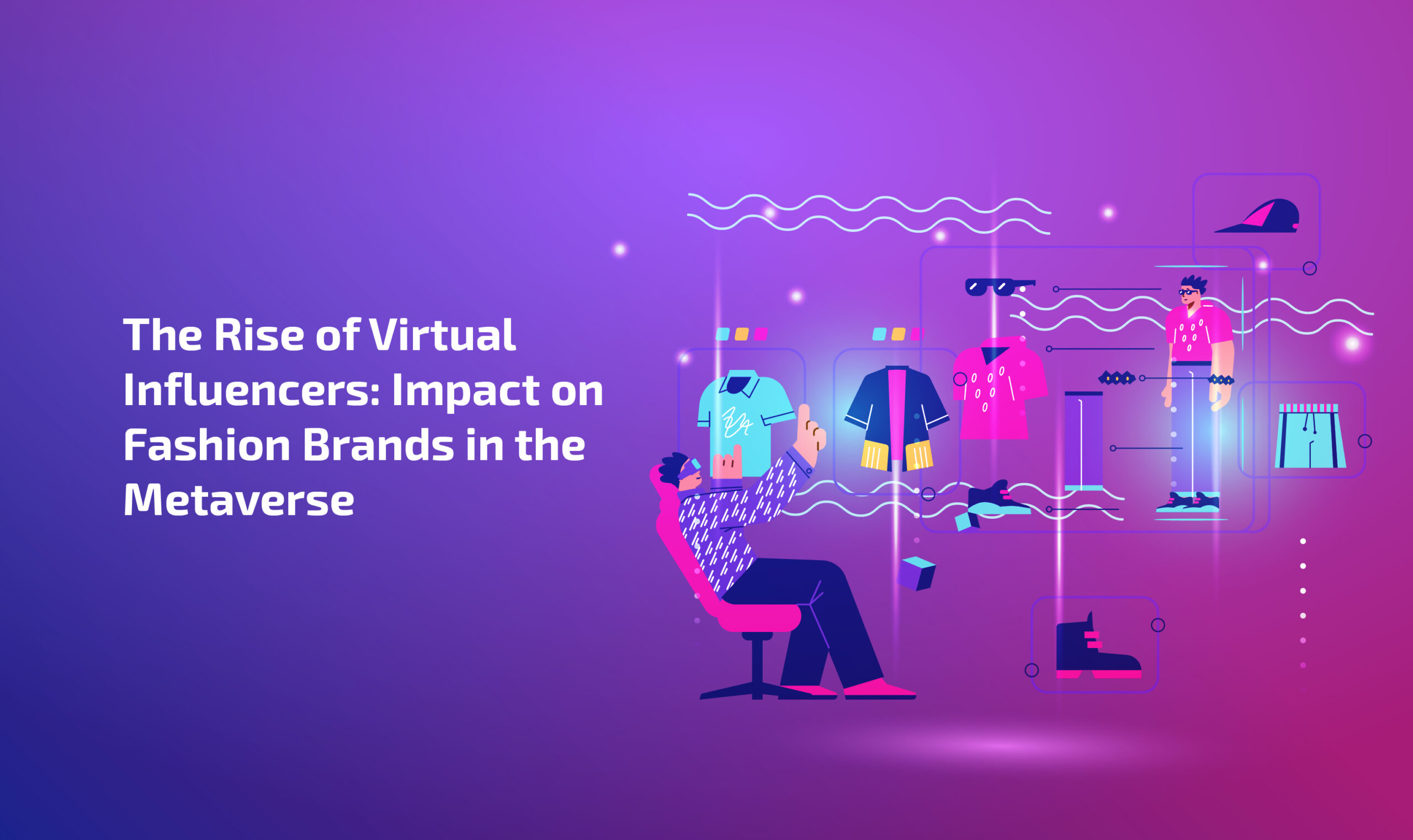
“Metaverse is all about how close can you take virtual interactions to reality, to absolute reality!”
In a world where innovation has surpassed the barriers of physical realms to establish functional businesses, Metaverse has turned out to be a highly viable solution.
The novel solution in the metaverse to formulate industry 4.0 use cases using digital twin technology has brought new prospects for businesses into the market. The ability to create digital twins has expanded the scope of real-world simulations, supply chain management, process supervision, training, and much more, enabled by photorealistic environments.
To understand the scope well, let us understand the importance of digital twins in the coming age of technology.
Digital Twins – The definition:
Functional virtual replicas of real-world infrastructures, objects, simulations, and processes that offer real-time analytics and data, are called digital twins.
These 3D digital twins are capable of replicating not just the visuals but also the actual performance, with the help of AI, machine learning, and IoT sensors, all integrated into one system. Enabling multiple aspects of business processes like predictions, training, learning, and improving systems before going on floors.
Digital twins are expanding horizons in several industries, including manufacturing, learning & development, healthcare, aviation, and a lot more. A prime example of digital twin technology in the aviation industry is established by the industry leader GE. The company uses digital twins to evaluate performance information and enhance maintenance schedules.
Similarly, Singapore created a virtual twin of itself, to test urban planning models, simulate crowd patterns, and forecast the spread of contagious diseases within the city.
The Metaverse Integration:
Photorealistic environments enable the modeling of 3D digital twins. Advanced virtual environments allow renderings of physical assets with incredible detail and precision. Advanced 3D metaverses enable the formation of digital twins for factories, machinery, warehouses, energy systems, cities, offices, vehicles, and more. This enables simulation of the assets and their processes across the cycle, from designing, engineering, predictive analysis, simulation, and custom workflows.
Digital twins need sophisticated metaverses to accurately mimic the vast systems of the real world. Metaverse is an integrated experience that combines automation, real-time data transmission, human-machine interactions, and 3D virtual environments.
Production lines and factories are being brought into the metaverse by global industrial companies such as Siemens. Predictive maintenance, remote collaboration, simulations, training, and more are made possible by their digital twin technology, which combines photorealistic digital twin modeling with automation, mixed reality, and IoT connection.
Metaverses offer exceptional integration and interoperability capabilities, which prominently expand the scope of digital twins for businesses. Brands like Nvidia with its Omniverse are serving as a business-ready platform offering incredible collaboration opportunities for multiple digital twins from multiple vendors in immersive 3D environments.
Multiple Industry Use Cases:
With the capabilities offered by the digital twin technology, multiple industries and businesses have benefitted. Let’s understand the key enterprise and business use cases:
Simulation & Design
Several critical industries require point precision during designing, prototyping, and testing of their assets like cars, planes, factories, and many more, which can be done virtually by creating their digital twins. This allows them to assess their simulation, performance, feasibility, errors, optimization, etc. This can be an efficient and highly economical option for such industries, saving precious time and enabling advanced R&D.
Learning & Training Modules
Incorporating and integrating digital twins into photorealistic 3D environments can enable training for employees and general users against critical and complex tasks through immersive simulation. Employees, particularly those working in manufacturing units can be trained in addressing safety protocols, manufacturing and engineering processes, and much more.
Supply Chain Management
Digital twin systems formulated with combined capabilities of IoT and blockchain, allow detailed tracking of asset transportation and supply chains. With functional digital twins at hand, businesses can track a number of parameters customizable to different products like specifications, certificates, location, condition, and more.
Remote Monitoring & Automation
Digital twin integration allows remote monitoring and automation of real-world systems. Using real-time data from IoT-based sensors enables access to the physical assets right from the virtual twins.
What lies ahead for Industry 4.0 with Digital Twins
With the growing demand for highly engaging, interactive and photorealisitc platforms, digital twins are gaining priority in within industry 4.0 use cases as well as paving way for metaverse and 3D modelling technology. As per a report shared by Gartner, more than 50% manufacturers across the globe will be investing in creating digital twins by 2026. They are not just an immersive tool but an intelligent way to manage business processes, automate them and unlock in-depth insights.








